All living beings communicate with each other and some of the non-living beings (organisations) are enabled to communicate among themselves and between them and living beings with the help of information and communication technology devices. Globalisation and information technology have brought paradigm shifts in the pattern and frequency of communication in addition to making the concept of “global village” meaningful. Thus, real-time communication has reduced the distance among countries.
Communication plays a vital role in business organisations. Business organisations, particularly virtual organisations and their stakeholders, function in a close knit and highly collaborated environment with the help of the threads of communication network. Efficient communication networks prevent possible failure situations and events by feeding the data and information forward and help in making a business proposal a reality. Communication as a part of soft skills enriches the personalities of budding managers, who in turn contribute to the success of a business even during the early stages of their careers. In addition, communication skills enable the students to acquire dynamism and self–confidence in facing various business and life lifting situations.
Purpose
Our purpose of writing this book is to enable our readers to understand concepts and acquire necessary communication skills that would help in shaping their personalities and acquiring abilities to deal with the global business and life situations appropriately. This text will be useful to students as well as practitioners of all fields including social, political, public, non-government and religious organisations.
Approach
We have followed the direct and lucid approach in presenting the material in order to enable students acquire the concepts and skills aptly and apply them appropriately even during the learning stage.
Pedagogical Features
We have included appropriate learning aids to facilitate easy grasp of the concepts. These learning aids include examples, figures, tables, images, boxes, exhibits, and relevant suggestive situations for effective adaption of skills by the readers.
Each chapter contains a chapter outline and learning objectives at the beginning, points to remember, key terms, questions for discussion, and notes and references at the end.
Wide Coverage
We have covered topics relating to the conduct of business including business presentations, reports, proposals, business letters, memoranda, meetings and etiquettes. Topics relating to technology, legal and ethical aspects of business, employment messages, employment interviews, and global and cross-cultural communication have also been dealt with, in addition to the basic concepts like oral communication, written communication, non-verbal communication, mass media communication, and public relations.
Contents –
1. Understanding Communication
Introduction
Communication: All Times Significant
Effective Communication
– Meaning and Definition
– Features of Communication
– Significance of Communication
– Objectives of Business Communication
– Nature of Communication
Forms of Communication
– Human Communication
– Organisational Communication
Process of Communication: Models
– Bell’s Sketches on Communication Process
– Shannon’s Model of Communication Process
– Shannon-Weaver Model of Communication
– Intermediary/Gatekeeper Model of Communication
– Transactional Model of Communication
– Ecological Model of Communication
Limitations to Communication
2. Barriers to Communication
Introduction
Sources of Barriers
– Barriers at the Sending Stage
– Barriers at the Channel Stage
– Barriers at the Receiving Stage
– Barriers at the Feedback Stage
General Communication Barriers
– Physical/External Barriers
– Overcoming Physical Barriers
– Semantic/Language Barriers
– Overcoming Semantic Barriers
– Sociopsychological Barriers
– Overcoming Sociopsychological Barriers
– Cultural Barriers
– Overcoming Cultural Barriers
Organisational Barriers
– Hierarchical Barriers
– Barriers in Downward Communication
– Overcoming Barriers in Downward Communication
– Barriers in Upward Communication
– Overcoming Barriers in Upward Communication
– Lateral Communication Barriers
– Overcoming Barriers in Lateral Communication
– Barriers Relating to Communication Load
– Overcoming Barriers Related to Communication Load
– Barriers Related to Communication Environment
– Overcoming Barriers of Communication Environment
3. Oral Communication, Business Presentations and Listening
Introduction
Significance of Oral Communication
Types of Communication and Oral Communication
– Role of Oral Communication
– Managerial Activities and Oral Communication
– Interpersonal Relations and Informal Oral Communication
– Managers’ Success and Oral Communication
Effectiveness of Oral Communication
– Why Managers Fail to be Effective Oral Communicators?
– How to Become Effective Oral Communicators?
– Evaluation and Practice
Types of Oral Communication
– Informal Oral Communication
– Formal Oral Communication
Business Presentations
– Traits of Presentation and Qualities of a Good Speaker
How to make an Effective Presentation?
– Preparation
– Presentation
– Supporting Aids
– Overcoming Nervousness
Listening
– What is Active Listening?
– Why don’t we Listen Actively?
– Myths about Active Listening
4. Written Communication
Introduction
Distinction, Merits and Demerits of Written Communication
– Distinction between Written and Oral Communication
– Merits and Demerits of Written Communication
Why is Written Communication Complicated?
– Writers’ Blocks
– Material Blocks
– Reader’s Blocks
How to Write Effectively?
– Planning
– Composing
– Evaluate and Revise
How to Become a Good Writer?
5. Reports and Proposals
Introduction
Reports: Significance and Types
– Types of Reports
Components of a Report
– Cover Page/Title Page
– Letter of Authorisation
– Letter of Transmittal
– Executive Summary
– Table of Contents
– Introduction
– Body
– Conclusions and Recommendations
– Bibliography
– Footnotes/Endnotes
– Appendix
– Glossary
Writing a Report
– Gathering, Analysing, and Planning to Write
– Organising and Composing
– Proofreading, Editing and Revision
Proposals
– Categories of Proposals
– Effectiveness of Proposals
– Qualities of a Good Proposal
– Steps in Writing Proposals
– Words to be Avoided in Proposals
6. Writing Business Letters, Memoranda and Emails
Introduction
Business Letters
– Important Considerations
– Components of a Business Letter
– Forms/Models/Layout of a Letter
– Basic Precepts for Writing Good Business Letters
Memorandum
– Components of a Memo
– Format of a Memo
– Strategies to Write Memos
– Guidelines to Write a Memo
Email
– Email Components
– Email Etiquette
– Why Email?
– Why Not Email?

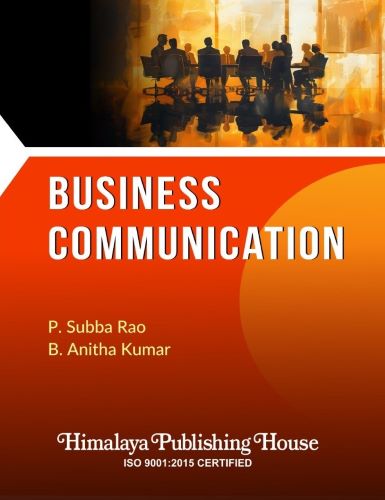
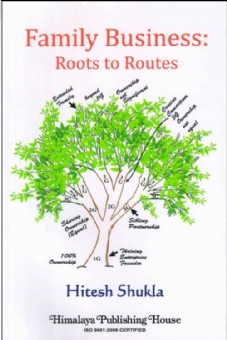
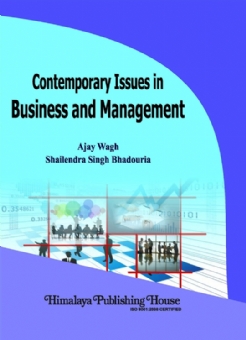
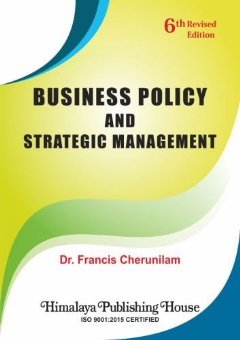
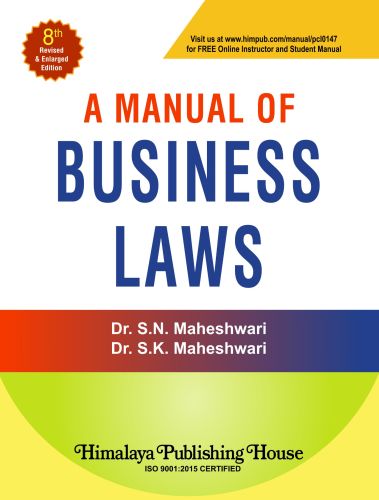
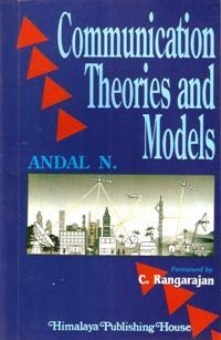

Your review is awaiting approval
I’m really enjoying the theme/design of your site. Do you ever run into any internet browser compatibility issues? A number of my blog visitors have complained about my website not working correctly in Explorer but looks great in Chrome. Do you have any solutions to help fix this problem?